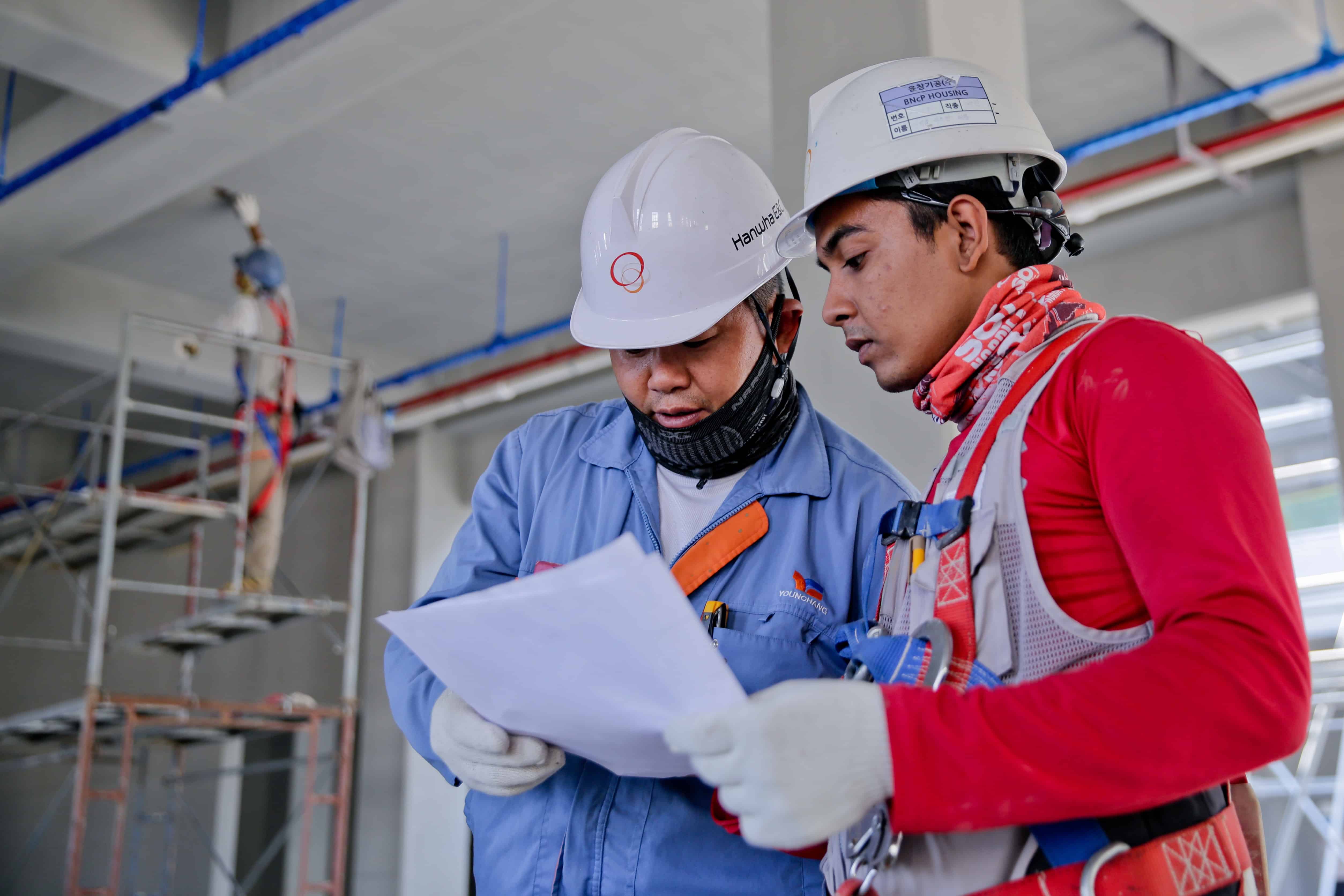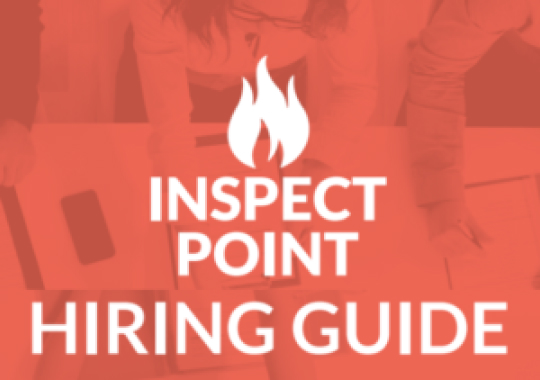
How Fire Prevention and Safety Became the Standard in America
In the world of Life and Fire Safety, the acronym NFPA is inescapable. The National Fire Protection Agency is an American trade association. The NFPA seeks to regulate and standardize how we protect ourselves from fire. And there’s a reason they are so well-ingrained in the American psyche. The NFPA has been the regulatory body in the fire safety world since 1896. At nearly 125 years old, it’s no wonder we can’t get away from them.
We are all very familiar with who the National Fire Protection Agency is. But far less of us knows how the NFPA came to be. How did they form, and what do they do besides regulating fire safety practices? Let’s take a dive into the long and storied history of the NFPA.
From Humble Beginnings

The First Fire Sprinkler Systems
Today the NFPA can boast of its over 50,000 members and 9,000 volunteers, sure. But where did all these members come from? Well, as they say, necessity is the mother of invention.
In 1806, the first sprinkler system for fire prevention was invented in England by a man named John Carey. Carey’s first sprinkler system was very primitive by today’s standards, although it revolutionized fire safety at the time.
Carey’s system was a perforated pipe. Water is stored inside by a series of valves that are held in place by counterbalances. When a fire is detected, the counterbalance drops and the valves open. This would allow water to flow through the pipe, come out of the perforations and help mitigate any fire damage.
However, it wasn’t until much later in 1874 that we see the first big innovation in sprinkler technology. Henry S. Parmelee invented the first automated sprinkler head. Parmelee, of New Haven, Connecticut, was a piano maker by trade. And actually, he invented the sprinkler head to help protect the pianos in his factory.

Finding the Best Fire and Safety Codes
This leap in technology was followed by many more patents seeking to find the best sprinkler design. Other models included “Mackey, the early Grinnells, the Kane, the Neracher, the New York, the Harkness, the Buell, and the National”, according to the NFPA’s website. But with all of these different technologies, people understandably had a hard time choosing which sprinkler head was best. Not to mention that going from factory to factory to work on vastly different sprinkler systems was a plumber’s nightmare.
Obviously, this array of choices lead to a lot of diversity in the sprinkler systems found in U.S. factories. Diversity among products and innovation leads to expansion and improvement. And it also leads to a lot of confusion in the world of sprinklers.
Engineers couldn’t decide. What was the best spacing for sprinkler heads? Or the width of pipes? They were unsure about a host of other inconsistent features, as well. Without regulation in place, there is no way to reliably know about these systems. Or if the sprinkler system in your factory is going to work correctly. Or which of the sprinkler systems worked the best. So… something had to be done.

The First Steps Towards NFPA
In 1895 a group of engineers and representatives from insurance companies met in Boston. The reason for their meeting was to discuss the differences in sprinkler systems and their installation. The goal was to share knowledge and experiences, and hopefully, to find a code that could be widely implemented in order to regulate the sprinkler systems in America.
The men who met in Boston came from very different backgrounds and economic philosophies. And amazingly, they were able to agree on the first official set of codes and standards. This shows how truly committed these men were to optimizing sprinkler systems and the safety of American citizens.
There was a follow-up meeting in December of the same year in New York City. There, these engineers and insurance company representatives worked hard to find a unifying code and regulation for fire safety. This forward momentum would eventually give birth to the National Fire Protection Agency.
NFPA 13
The momentum of these initial meetings led to an additional conference in New York in 1896. At this conference, the members of what would become the NFPA began to write a series of rules and regulations for fire sprinkler installation entitled, “Report of Committee on Automatic Sprinkler Protection”.
This would eventually become the NFPA 13 Standard for the Installation of Fire Sprinkler Systems. Of even greater significance to NFPA history, this group discussed an association that would be responsible for implementing these regulations.

Creating the NFPA
On November 6th, 1896, the same group who met in 1895 met again in New York City to discuss sprinkler installation regulations. They also discussed the articles of association for the force that would implement these regulations.
They reviewed twelve articles, five of which they amended at the meeting. The first article, however, needed no amending. The first article states that “This organization shall be known as the National Fire Protection Association” and it has remained as so for almost 125 years.
Finding a National Electrical Code
Similarly, there were five different standards for the safe use of electrical equipment around this time. These differences in codes and regulations made installation of electrical equipment, and likewise fire safety equipment, very difficult to perform to code. They needed to unify the fraying strands of fire and electrical safety.
That’s why in 1896, several national organizations on fire and electrical safety decided to meet in New York under the banner “Joint Conference of Electrical and Allied Interests” to decide on a unifying code for safety. At this initial conference, the conference looked at the five different American codes as well as international codes for electrical safety.
They took the best pieces from each code and combined them into a draft which they sent to over 1,000 people in the U.S. and Europe for comment. The following year in 1897, the committee did meet once again and unanimously approved the National Electrical Code of 1897, which would later be known as the NFPA 70.
Regulating Codes and Standards

These initial meetings were very exploratory into finding common ground among different types of people for one singular goal: safety. But how does the NFPA decide on regulation and standards now? How is it different or similar to those initial meetings?
NFPA Standards Council
It is important to note that the NFPA is not a for-profit organization. They meet simply to improve safety codes and the lives of all of the people that those codes affect. The NFPA describes their organization as “…a global self-funded nonprofit organization, established in 1896, devoted to eliminating death, injury, property and economic loss due to fire, electrical and related hazards.”
Today, the NFPA Standards Council is the group who makes decisions on regulations and codes. The council consists of 13 members who meet three times every year. The Council reports their discussions to the NFPA’s board of directors. The board of directors appoints members of the council.
The Council supervises the association’s codes and regulations developments, administers rules and regulations, and in addition, they act as an appeals body for the organization.

How the Board of Directors Became the Council
The first Council met in 1933 in Atlantic City, New Jersey, although not as the NFPA Standards Council. The yearly meetings of the Board of Directors became progressively more strenuous for the individuals overseeing it. As the workload became larger and more difficult to manage, the Board of Directors realized they needed to delegate a committee to advise the Board on their decisions. From this realization, the first meeting of the Council occurred at this 1933 meeting.
The Standards Council had a few name changes before they settled on “Standards Council” in 1974. Although their duties remain largely the same. However, in 1980, they made one very important change to the Council’s duties. The Board of Directors decided to give sole responsibility of issuing and revising NFPA documents to the Standards Council.
Their Mission Today

We are certainly most familiar with the NFPA for their conception and dissemination of codes and regulations for fire, electrical, and life safety, but that’s far from the whole picture. According to the NFPA, the “mission today is accomplished by advocating scientifically-based consensus codes and standards, research, and education for fire and related safety issues”.
Safety Education

In addition to creating the rules and regulations we live by in the fire safety world, the NFPA also offers education in these regulations and guidelines. They offer instructional classes, led by an NFPA member, in more than 20 cities around the United States.
Of course, they offer classes on the two documents we’ve already discussed, NFPA 13 Standard for the Instillation of Sprinkler Systems and NFPA 70 National Electric Code. They also offer more than 20 other classes to educate the public and those in the fire science industries.
Safety Certification

The NFPA pride themselves on their expertise and expansive knowledge of the fire sciences. They also realize how important this expertise is to workers in the fire sciences, as well as the need for consumers to have competent technicians inspecting their buildings.
That’s why they offer certification programs to professional technicians seeking to get their official credentials (and maybe an extra bit of knowledge). They offer certification programs in live classrooms, as well as remotely. Also, good news for our veterans, because the U.S. Department of Veteran’s Affairs just recently approved the “Certified Fire Protection Specialist”, “Certified Fire Inspector”, and “Certified Fire Plan Examiner” for reimbursement of examination fees.
Events and Workshops
The NFPA works hard to get buildings and occupants ready and prepared in case of any fire and/or electrical hazards.
However, do you know that the NFPA also gets people prepared for other types of hazardous events and disasters?
The NFPA runs workshops on various safety subjects like building safety, fire protection systems, and industrial hazards. They also run workshops on other types of dangerous events like how to respond to an active shooter or other hostile event responses. There are workshops for emergency response and health care, too.
A History of Responsibility

When we think about the NFPA, what comes to mind? Generally, we might think of the codes and regulations they put in place. We might also think of fire and electrical safety, and at their core, this is correct, but there is so much more to the NFPA.
The NFPA has a rich history and tradition of coming together across adversity for the greater good of the public. Their generosity as a self-funded organization giving information and education to the public is unmatched in the fire science industry.
Hopefully, this article gives you some new perspective on where the NFPA comes from and where it is going. Even more, hopefully, you have a new appreciation for the selfless acts of these concerned countrymen who gave birth to the association that we now know so intimately.

